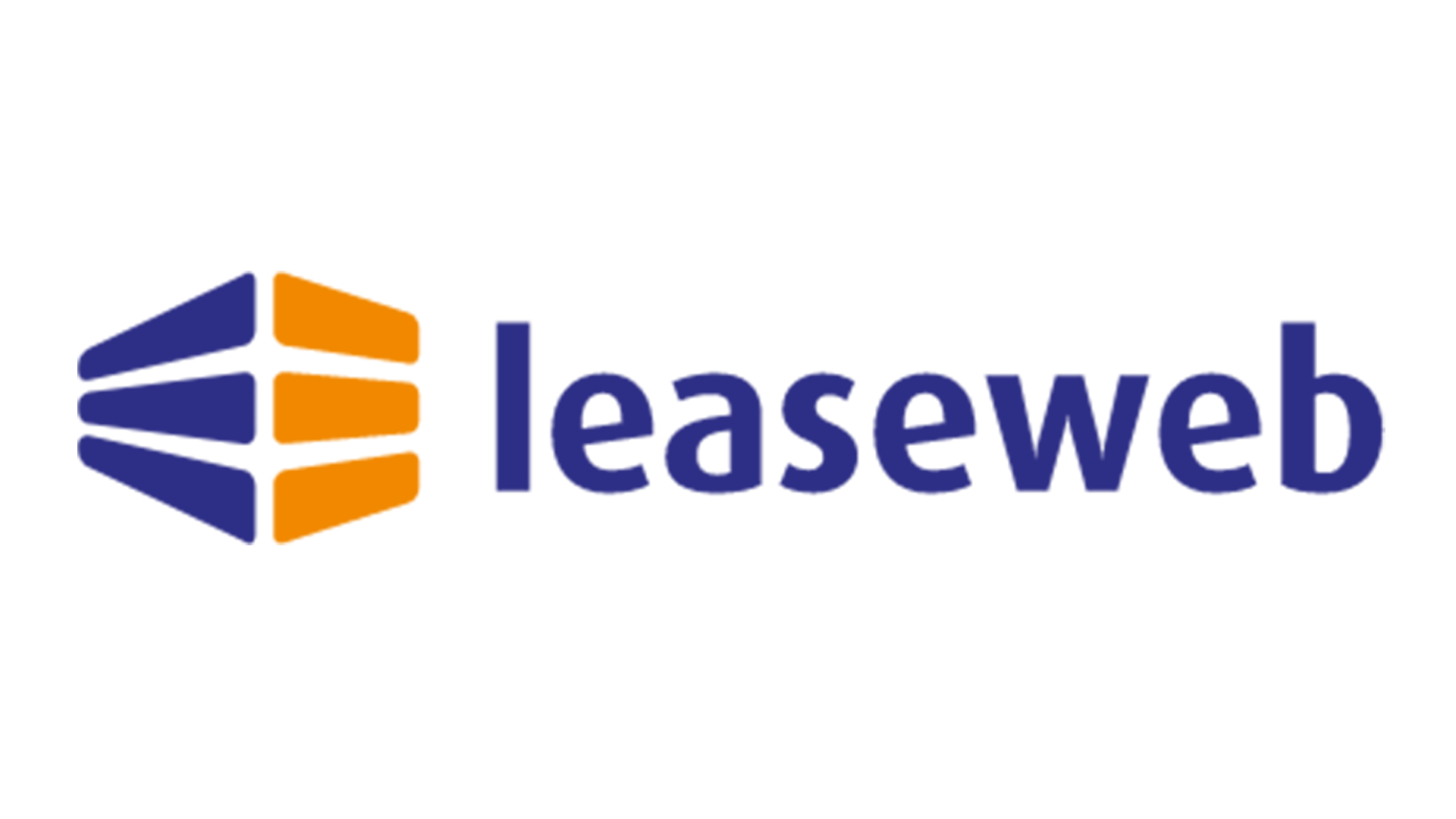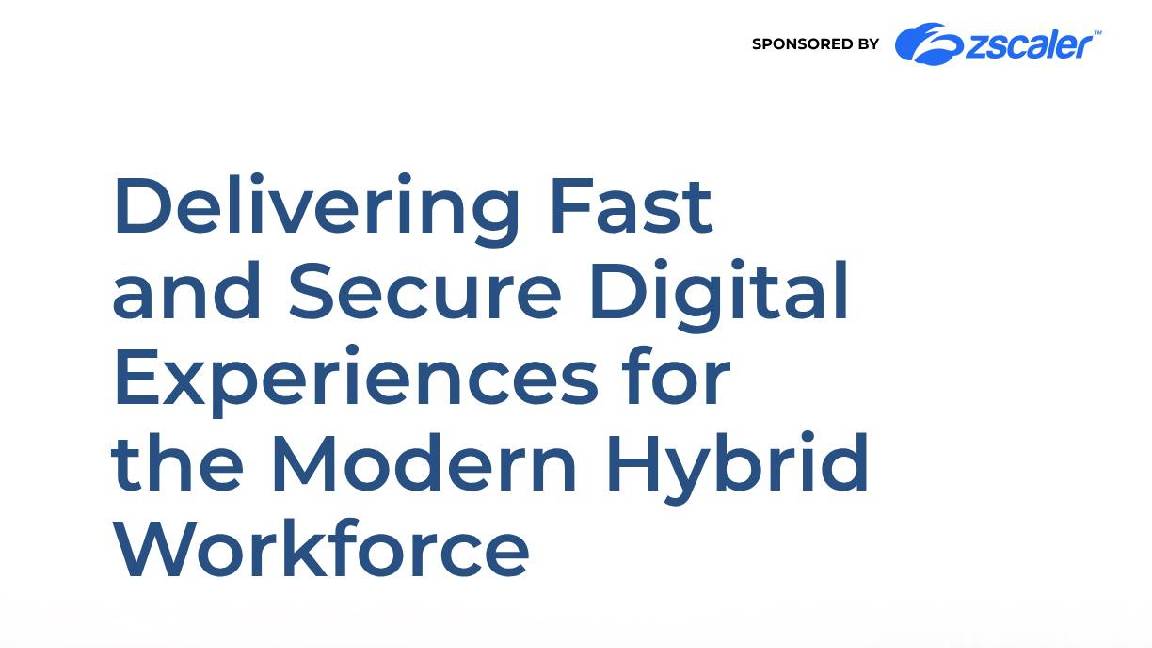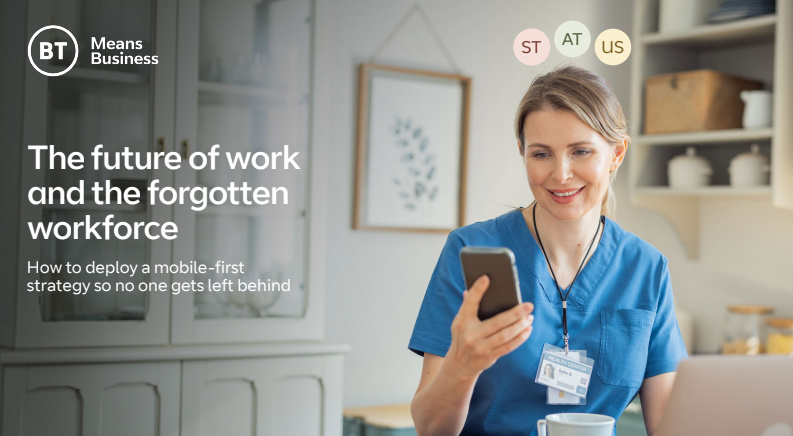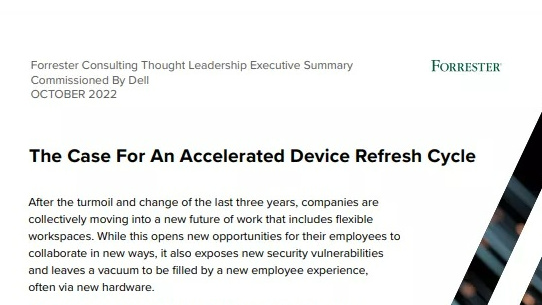
Running a marathon is a colossal test of endurance for trained athletes. So imagine running four of them in a row without being able to see.
That’s what blind ultra-marathon runner Simon Wheatcroft recently achieved, with the help of IBM’s Platform-as-a-Service cloud, Bluemix Garage, when he took on the unforgiving conditions of the Namib desert for a 150-mile challenge.
Preparing for this test of endurance, Wheatcroft, who has been blind since the age of 17, worked with IBM's EMEA Bluemix team to work out how he could stay on track.
Bluemix Garage EMEA head Roger Williams and his team had just eight weeks to design, test and refine a tool that would allow the blind runner to maintain his course, while communicating to him when, and how, he needed to adjust direction.
“That aggressive timescale really plays to what the Bluemix Garage can do,” Wheatcroft tells Cloud Pro. “I came in to see Roger, and we went through the design process. It was two weeks till I had a working prototype, and then it was a collaborative process of me feeding back, and then Roger’s team making the changes, and improving it.”
During the early stages of the design process, wearables, such as the Apple Watch or a Fitbit, were considered. However, Wheatcroft says that those platforms did not suit him as a blind person. “We had to decide on a platform that had fantastic accessibility, and build on top of that,” he says.
The design Wheatcroft and Williams settled on was a smartphone app that monitored satellite and external GPS to beep an alert to Wheatcroft when he had deviated from the set course. A lower tone would sound if he ran too far left, and a higher tone for too far right. The further off course Wheatcroft moved, the more rapidly the beeps would sound, alerting him that he was moving away from the course, and allowing him to adjust his route.
Sign up today and you will receive a free copy of our Future Focus 2025 report - the leading guidance on AI, cybersecurity and other IT challenges as per 700+ senior executives
“We don’t go in with preconceived ideas of what the solution could be,” Williams says. “We use our design thinking approach, our methodologies, to understand if our ideation [is on the right track]. That’s how innovation happens: it’s about pushing the boundaries.”
Williams explains that testing was central to the project, and something his team worked on continuously for the eight-week development cycle.
“My team were consistently deploying code, then they would go outside and test it, plotting their own sample data and coordinates around the office building here.
“So, when we did hand it over to Simon, we were pretty confident we wouldn’t lose him in the field somewhere.”
Located in Moorgate, London, IBM Bluemix Garage is composed of a small, multi-disciplinary team of engineers, designers and product managers. The IBM team uses Bluemix cloud and agile methods to deliver its projects.
“In terms of using the Bluemix platform, the great thing is you don’t have to provision any hardware," says Williams. "Typically for enterprises and businesses that don’t leverage the power of the cloud, they’ve got to procure their hardware, build it and configure it, before they can actually start developing.
“In Simon’s case, from day two we started developing the app. Typically, we start developing from day three, because our design thinking workshop typically takes two days. But because we had Simon, our user, in the garage for the entire day, throwing out his thoughts on some of the challenges he’d have and what the solution could look like, from day two we started to develop code on the Bluemix platform, and had things that were able to be tested.”
Before heading to the desert for the challenge, Wheatcroft did a trial run with the app at the Boston marathon. That experience enabled the Bluemix team to make a few quick changes ahead of the Namib desert challenge.
On race day itself, a last-minute change to the course, due to high tide, forced Wheatcroft away from the app’s preloaded route.
“But because we’d made it so the frequency increased the further away [I was] from the desired bearing, all I did was match the frequency of the beeps and I knew I was on track,” he explains.
Wheatcroft was able to navigate 100 miles of the 150-mile marathon before the extreme heat forced him to stop racing. Still, the app helped him complete those two-thirds of the distance independently, only accompanied by his friend and ghost runner Neil Bacon, who was on hand to check for injuries and as an extra precaution.
“There was a really beautiful moment on day one, in between checkpoints two and three,” says Wheatcroft. “I was just running down this long, open bit with the app helping me navigate: I was sweeping left and then cutting right.
“It was at that point that I realised this is the first time I’ve ever had the chance to do this. In the past, I would run on memory, I would run on a route I had practiced for years. Whereas, now, there’s an opportunity for me to run independently. Every step was brand-new.”
Williams tells Cloud Pro that he and his team will continue work with Wheatcroft on new ideas, and ways the path-finding app could be adapted.
For Wheatcroft, the experience means he feels able to try out new challenges at much shorter notice.
"The fact that were able to turn [the app] round so fast gives me confidence that, if there is another challenge in future, it isn’t something I’ve got to plan two or three years ahead," he says. "It’s something I can present to the garage at relatively short notice, and produce something that gives me the freedom to savour new and interesting things – sometimes it’s boring if you have to plan too much.”
-
 Everything you need to know about Google and Apple’s emergency zero-day patches
Everything you need to know about Google and Apple’s emergency zero-day patchesNews A serious zero-day bug was spotted in Chrome systems that impacts Apple users too, forcing both companies to issue emergency patches
-
 Ronald Richardson to lead Leaseweb’s global commercial strategy
Ronald Richardson to lead Leaseweb’s global commercial strategyNews The experienced executive has been named Leaseweb’s new CRO as the IaaS provider embarks on the next phase of its growth journey
-
 'Digital hide-and-seek': Workers are wasting hundreds of hours a year sourcing the information they need to carry out their role
'Digital hide-and-seek': Workers are wasting hundreds of hours a year sourcing the information they need to carry out their roleNews Knowledge workers globally are wasting a quarter of their working week tracking down information, new research from Atlassian has revealed.
-
 Untethered: How CIOs and CISOs are paving the way for the new hybrid workforce
Untethered: How CIOs and CISOs are paving the way for the new hybrid workforceWhitepaper Effective techniques to transition from exposed legacy infrastructure to an effective zero trust strategy
-
 Unlocking the power of your digital services
Unlocking the power of your digital servicesSponsored Businesses have invested significant cash into technology since COVID-19, but are they really getting their money's worth?
-
 Delivering fast and secure digital experiences for the modern hybrid workforce
Delivering fast and secure digital experiences for the modern hybrid workforceWhitepaper A new approach to digital experience monitoring that can monitor the health of all systems
-
 Collaboration is the glue that holds your business together
Collaboration is the glue that holds your business togetherSPONSORED A combination of productivity tools and cloud telephony can enable the best from your workforce
-
 The future of work and the forgotten workforce
The future of work and the forgotten workforcewhitepaper How to deploy a mobile-first strategy so no one gets left behind
-
 The case for an accelerated device refresh cycle
The case for an accelerated device refresh cycleWhitepaper Achieving a more cost-effective device lifecycle overall
-
 Employees are choosing how they work
Employees are choosing how they workWhitepaper And with the right secure digital strategy, this could be a great thing for your business: today and far into the future